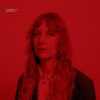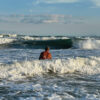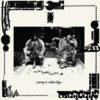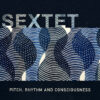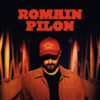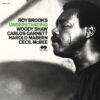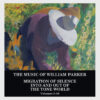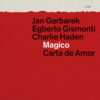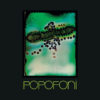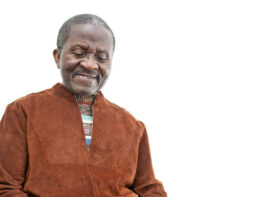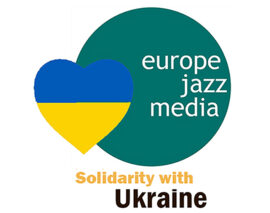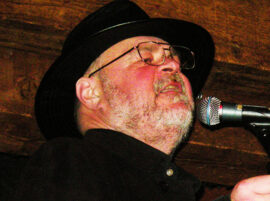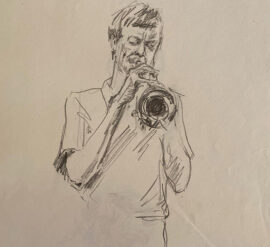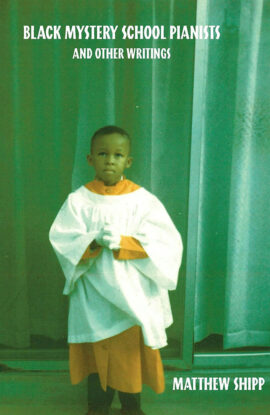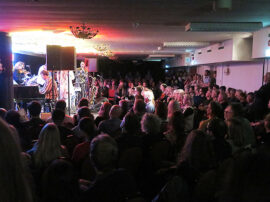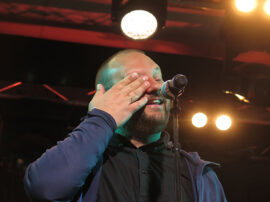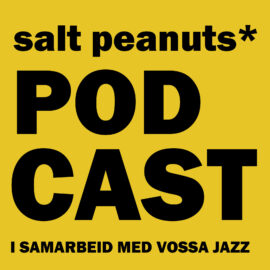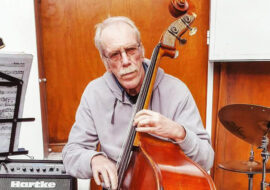
«Index» is the debut solo album of vocal artist Agnes Hvizdalek, the new member of the Nakama musicians collective, label and group. Hvizdalek originates from Vienna’s experimental music scene, now half of the duo Demi Broxa with fellow-Austrian, bass player Jakob Schneidewind from the avant-techno group Elekto Guzzi. She has been based in Oslo since 2008.
«Index» was recorded at the bottom of a 60 meter high chimney of the 1920’s industrial building Casa das Caldeiras in the heart of São Paulo on July 2016. The title as well as the album cover, the imprint of Hvizdalek’s index finger, designed by typographer and graphic designer Ellmer Stefan, reflect the raw nature of the music. Hvizdalek sees it as representing her individual identity and unique art. The disclosure of private information symbolizes the thin line between the most private and the public one, becoming a brutal yet friendly icon of our time.
«Index» is a 47-minutes, intimate yet highly methodical and disciplined experimentation and exploration of the almost infinite possibilities of the human voice. Hvizdalek remarkable command of her voice and her rich sonic imagination enable her to use her voice to reference seminal ideas from contemporary and electronic music and to devise a highly personal meta-alphabetical catalog of verbal syllables.
But «Index» is much more of a spellbinding virtuosic and highly nuanced performance. Hvizdalek unprocessed vocal reframes breathes and voices – abstract, windy breaths, weird sonic clicks, powerful, resonating overtones and colorful multiphonics – the essential and most intimate sounds of our bodies as rich sonic materials in a coherent narrative. She does so with a great focus on form, development and tension building and momentum. Hvizdalek performance blurs not only the lines between the most private and almost naked and the public as well as between the basic and abstract and the communicative and imaginary, but stresses, in her own creative way, how the voice, any voice, is a critical instrument for building bridges in our lives. The intrusion of the city ambiance, with sounds of such as construction workers’ radios, the humming of the industrial building and helicopters flying overhead, only intensifies this message.
Eyal Hareuveni
Agnes Hvizdalek (v)

